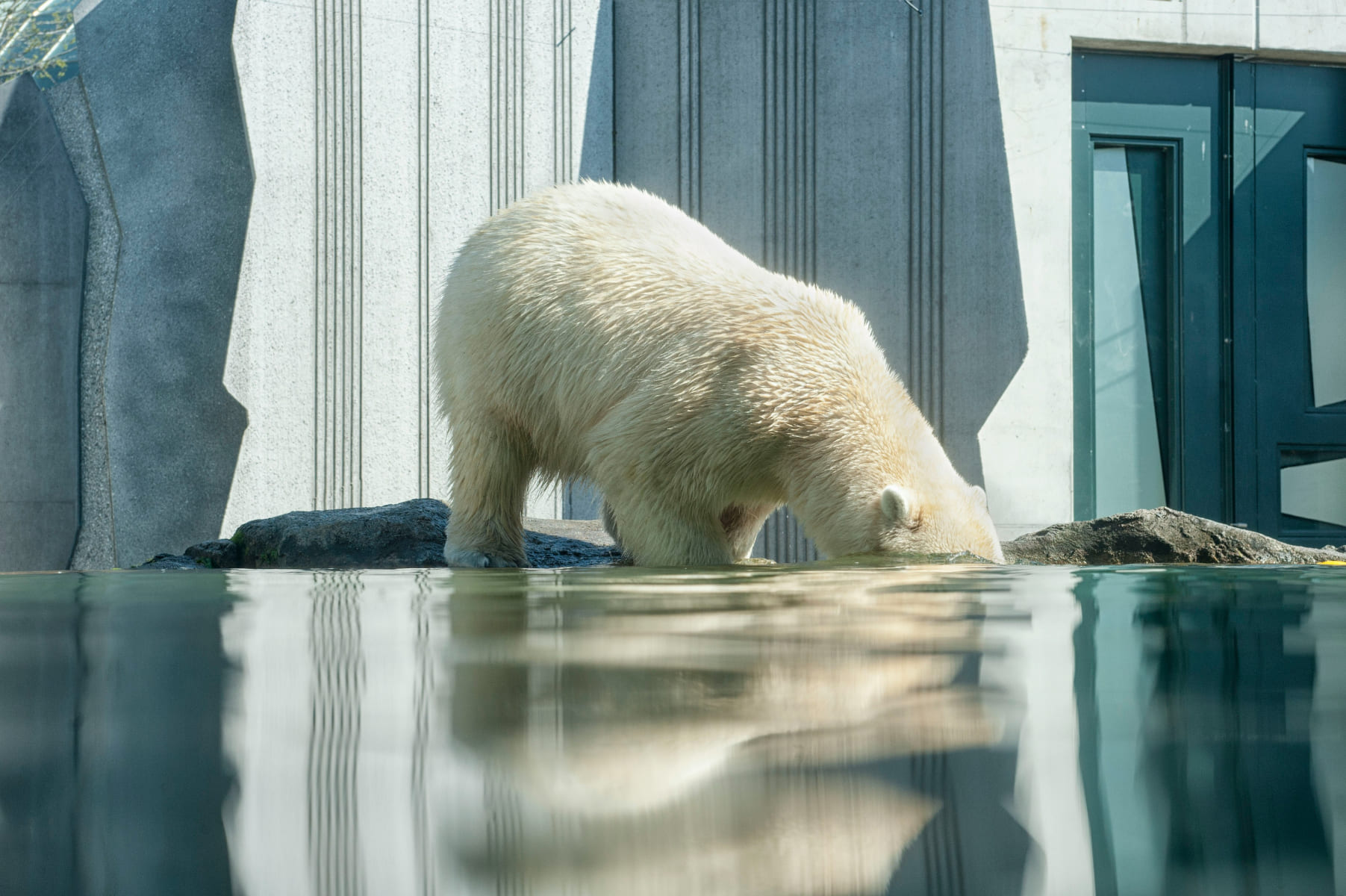Polar Bear: Icon of the Arctic
Polar bears are powerful and resilient predators that roam the icy landscapes of the Arctic. As the largest carnivores on land, they are superbly adapted to their cold environment, with thick layers of fat and dense fur to insulate them from the freezing temperatures. However, climate change poses a significant threat to their survival.
Habitat and Diet
Polar bears primarily live on the sea ice, hunting seals as their main source of food. They are exceptional swimmers, capable of covering large distances in search of food. Their diet includes seals, fish, and the occasional whale carcass, providing the high-fat diet necessary to sustain them in the harsh Arctic.
Reproduction and Life Cycle
Polar bears have a unique reproductive cycle. Female bears give birth to cubs in dens made in snowdrifts, where they remain until the cubs are strong enough to face the Arctic cold. Cubs stay with their mothers for up to two years, learning hunting skills and survival techniques.
Threats to Survival
The melting of Arctic ice due to global warming is the greatest threat to polar bears, as it diminishes their hunting grounds. Conservation efforts include reducing greenhouse gas emissions, habitat protection, and tracking polar bear populations to monitor their health. The polar bear has become a symbol of the fight against climate change.

